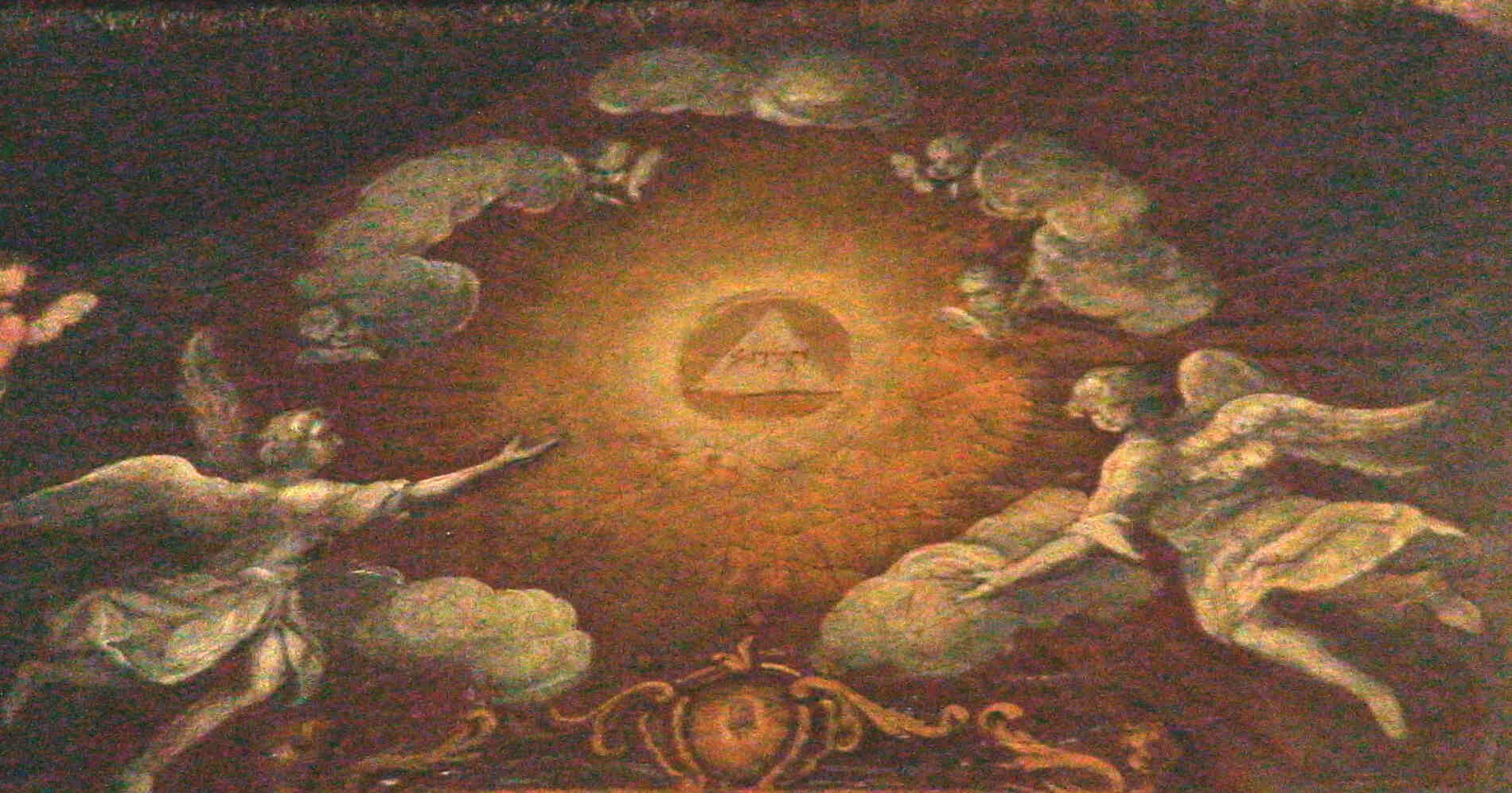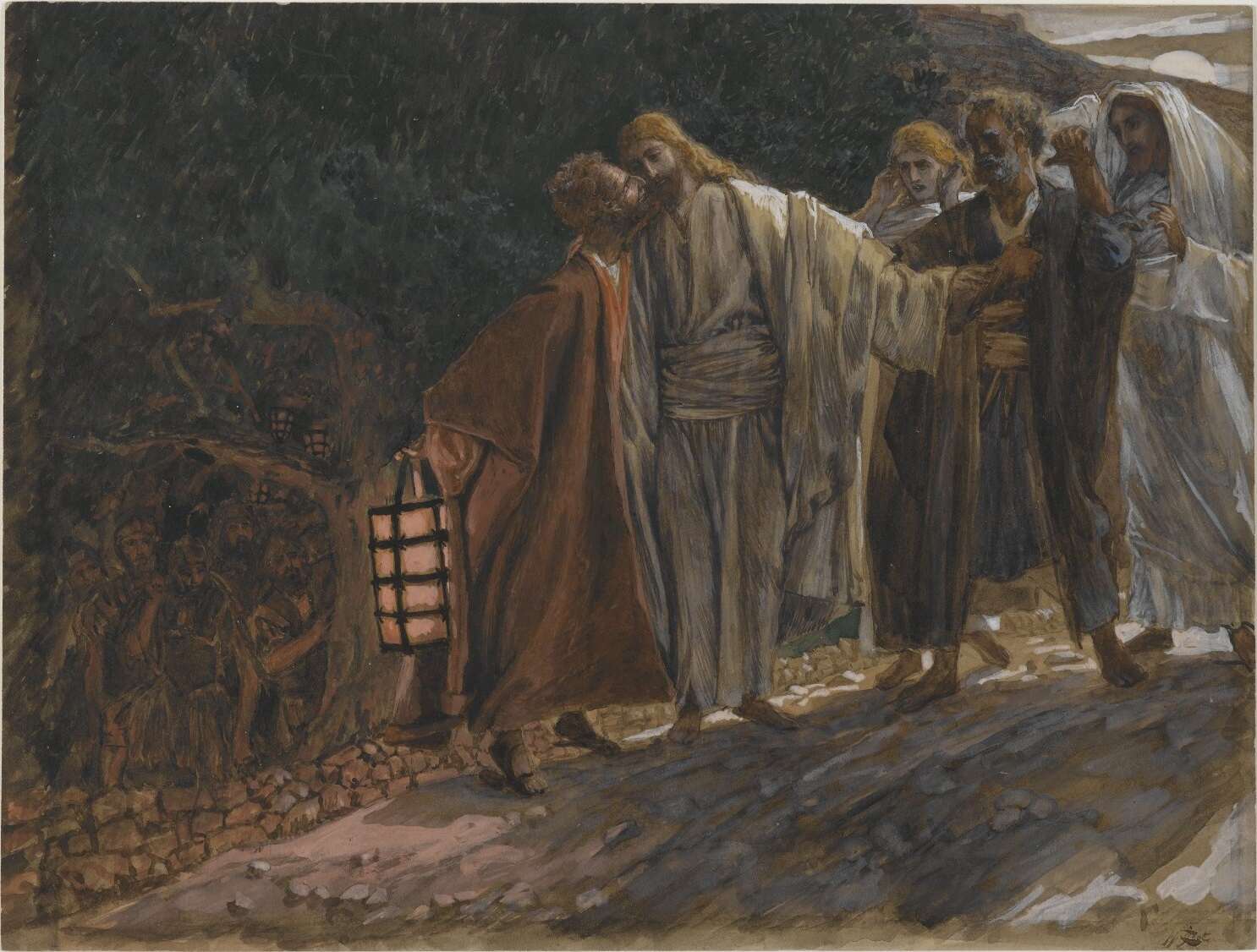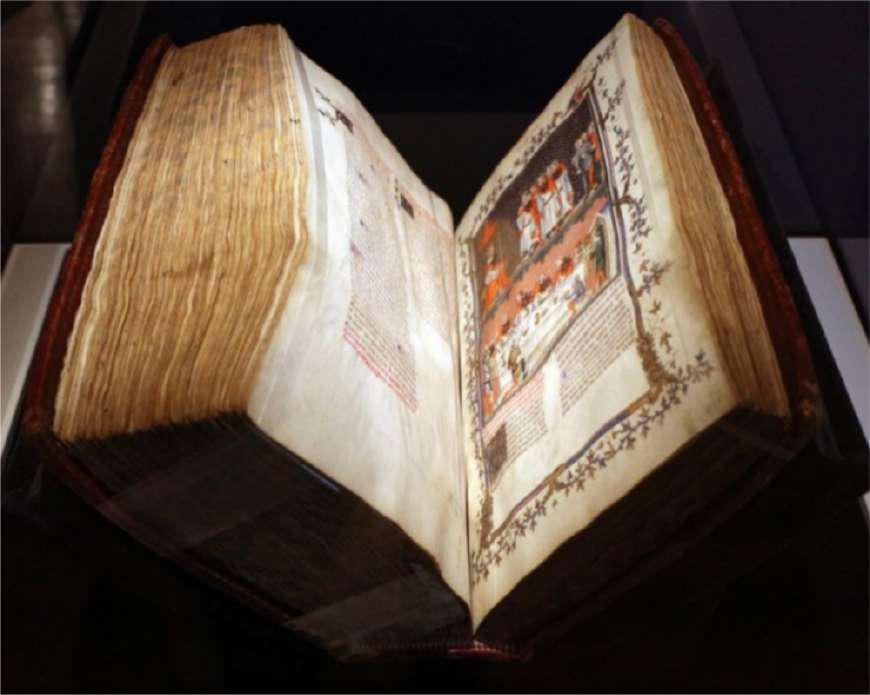Have the Missing Books of the Bible Finally Been Discovered?
Let’s explore the world of ancient mysteries as we unearth the hidden treasures known as the Nag Hammadi Gnostic texts. Dug up over 70 years ago in the Egyptian town of Nag Hammadi, these captivating and controversial texts offer a tantalizing glimpse into alternative faith viewpoints.
Join us in this captivating gallery as we delve deeper into these long-lost writings, sparking intrigue and contemplation. Let’s unravel the secrets and ponder the question: Could these be the missing pieces of the Biblical puzzle?
Delving into the Gnostic Gospels’ Ancient Treasures
Unearthed in the sands of Egypt in 1945, their remarkable texts are a collection of 52 ancient scriptures. These texts were inscribed on delicate papyrus scrolls and elegantly bound within 13 sacred codices.

Source: Studio Anika/ Istock
Concealed for centuries, these texts were brought to light by an unexpected figure—a humble Arab peasant named Muhammed ‘Ali al-Samman. In the waning days of December 1945, that fate intervened, leading al-Samman to a buried jar containing the secrets of the Gnostic Gospels.
From Buried Secrets to Forbidden Markets
Having emerged from their hidden burial place, the Gnostic Gospels embarked on a new chapter, one veiled in a conspiracy. With a market hungry for ancient wisdom, these sacred books were handed over to the shadows of the black market in Cairo.

Source: Wikimedia Commons
However, destiny had other plans. The watchful eyes of the Egyptian government detected the illicit trade and stepped in. Sadly, a rebellious spirit lingered. Yet, against all odds, one codex managed to escape the clutches of authority. With daring audacity, it slipped the surveillance and embarked on a clandestine journey to Europe—a haven for the forbidden.
The Nag Hammadi Codices Reside in the Coptic Museum
Protected within the hallowed halls of Cairo’s esteemed Coptic Museum, these texts, known as NHC, have found their place among the most treasured artifacts of human history.

Source: Facebook
Like sagas from the past, these delicate manuscripts offer a glimpse into the minds of our ancestors, preserving forgotten knowledge. The Coptic Museum is a venerable sanctuary where the Nag Hammadi Codices shine as beacons of bygone eras.
Gnosticism and Its Enigmatic Beliefs
The Gnostics, bearers of secret wisdom about the divine, held a unique standpoint on Jesus and his teachings. But their blizzard beliefs and texts faced fierce opposition from the early church, destroying many invaluable manuscripts.

Source: Twitter
Branded as heretics, the Gnostics’ elusive doctrines offer a tantalizing glimpse into a spiritual tradition shrouded in mystery.
The Diverse World of Gnosticism
A tapestry woven from a multitude of religious and philosophical movements flourished during the 2nd to the 4th century AD. The Gnostics, far from a monolithic commodity, comprised many beliefs that defied conventional categorization.

Source: Wikimedia Commons
From Valentinus’s mystical teachings to the Sethians’ provocative mythologies, Gnosticism stands as a testament to the human pursuit of transcendent understanding.
Gnostic Insights into Good, Evil, and the Human Spirit
Central to Gnosticism is the idea that humanity consists of divine spirits trapped within the confines of corruptible bodies in a cosmic drama of opposing forces.

Source: Bruce Rolf/ Shutterstock
They saw it as a product of a flawed creator, often called the Demiurge. Contrary to the spiritual world, dwelling beyond the veil of this existence was regarded as a realm of light and transcendence.
Gnostic Perceptions of the Transcendental Divine
In the Gnosticism realm, God’s understanding outdoes human comprehension, revealing a Supreme Being living beyond human experience.

Source: Bible Study/ Pinterest
However, the Gnostics recognized a distinct differentiation between the Supreme God and the material world. They suggested the existence of a lesser dirty, Demiurge, who created the material universe. The Gnostics view the Demiurge as a cosmic entity, often associated with ignorance and the illusions that conclude human perception.
Gnostic Perspectives on Jesus, the Divine Redeemer
In this intricate tapestry of Gnosticism, Jesus emerges as the pivotal figure, revered as the divine Redeemer sent to Earth with a sacred mission.

Source: Andres Restrepo/ Pinterest
For some, Jesus outdid mere humanity, existing solely in the divine essence, sustained by the inherent evil of flesh. However, others recognized His human and divine nature, embracing the union of the spiritual and material realms within Jesus.
The Quest for Transcendence: Unveiling Salvation through Gnosis
At the core of Gnosticism lies the understanding that gnosis isn’t a gift from external sources but a latent potential within everyone.

Source: Facebook
The path to salvation in Gnosticism is profoundly personal and introspective, urging us to explore our inner realms and access the unlimited reservoir of divine knowledge.
The Gnostic Quest for Self-Knowledge
Delving into the depths of spirituality, the Gnostics believed that the key to understanding God lies in external authorities and within oneself.

Source: Igorzh/ Shutterstock
As highlighted in an extract from the captivating book ‘The Gnostic Bible,’ shared by gnosis.org, Gnostics challenged traditional notions of religious mediation by priests and rabbis and embraced a path of self-discovery.
Unveiling the Power of Good News
Derived from the Greek word “euaggelion,” it encapsulates the essence of “good news” that has exceeded time and touched the hearts of millions.

Source: Twitter
Beyond a mere historical account, the Gospel is a beacon of hope, offering guidance and comfort in a world of uncertainty. It proves Jesus’s profound impact on humanity, His teachings echoing through the ages and inspiring countless souls.
Exploring the Enigmatic Gnostic Gospels
The extraordinary texts offer a unique perspective on the life and teachings of Jesus. Among the revered Gnostic gospels, the Gospel of Thomas, Mary, and Judas proves the diverse and thought-provoking interpretations of Jesus’ message.

Source: Reddit
From the cryptic saying of Thomas to the revelatory visions of Mary and the controversial image of Judas, each gospel presents a fascinating glimpse into a narrative of faith and enlightenment. Are you ready to embark on this enlightening quest to unearth the mysteries of the Gnostic gospels?
The Unveiled Wisdom of the Gospel of Thomas
Let’s step into the mysterious realm of the Gospel of Thomas, where the teachings of Jesus resonate distinctively and profoundly. You won’t find a conventional narrative within its pages but a collection of 114 notable quotes.

Source: Kunst fur/ Pinterest
As Opus Dei elucidates, these divine utterances form the essence of the Gospel of Thomas, offering seekers a unique glimpse into the depths of Jesus’ teachings. Brace yourself for a transformative journey as we delve into the labyrinth of spiritual insights.
Mystical Revelations of the Gospel of Mary
In the hallowed depths of ancient scriptures, a unique take on divine enlightenment unfolds. Step into the Gospel of Mary, a captivating testament that unveils the sacred visions and insights bestowed upon Mary regarding the ascension of Christ.

Source: Share Thumb/ Pinterest
Prepare to embark on a spiritual odyssey as we delve into the supernatural realm of Mary’s revelations, delving beyond the confines of conventional narratives. We unravel the mysteries with every sacred word and hidden symbolism, immersing ourselves in the celestial wisdom.
The Gospel of Judas
Hidden within an enigmatic page of an ancient text lies a startling revelation that challenges centuries of traditional belief. The Gospel of Judas is a provocative manuscript that dares to rewrite history’s perception of one of the most infamous figures in biblical myth.

Source: Wikimedia Commons
Contrary to popular notions, this controversial gospel presents a daring argument, one that asserts Judas Iscariot’s unexpected role as a faithful apostle, obediently carrying out a divine directive when he betrayed Jesus.
Unraveling the Reliability of the Gospels
The reliability of the sacred text has ignited endless debates, stirring intellectual discourse and doubting the very foundation of faith.

Source: Twitter
Three pillars stand tall among the chief arguments against their integrity: date, consistency, and historical context. In this riveting exploration, we embark on a meticulous journey to dissect these pillars and shed light on the intricate tapestry of gospel reliability.
Tracing the Origins of Biblical Texts
While the Bible underwent an extensive process of compilation spanning many decades, an intriguing revelation surfaces: the canonical gospels predate the emergence of Gnostic texts.

Source: Ozgur/ Pinterest
This captivating exploration delves into a nuanced journey of these ancient writings, tracing their circulation and shedding light on the temporal dynamics that shaped the biblical landscape.
Exploring the Divergent Tale of Judas
In the vast tapestry of ancient accounts surrounding Judas Iscariot, a compelling narrative difference comes to light, captivating the imagination and arousing intrigue.

Source: Aimee/ Pinterest
While the canonical texts offer multiple perspectives on Judas from fellow apostles, introducing the Gnostic rendition of Judas inevitably raises eyebrows and ignites contemplation. By unraveling the detailed threads of historical and theological perspectives, we navigate the labyrinthine portrayal of Judas, provoking profound questions about his role in the grand tapestry of biblical events.
Beyond the Canonical Gospels
Within the ancient texts that chronicle the life and teachings of Jesus, a fascinating dichotomy emerges, offering contrasting perspectives on the reach of his message.

Source: Wikimedia Commons
While the canonical gospels present Jesus’ teachings as universally accessible, parallel narrative surfaces within Gnostic texts, suggesting a more exclusive imparting of knowledge to a select few. In this exploration, we delve into the intricacies of these divergent accounts.
